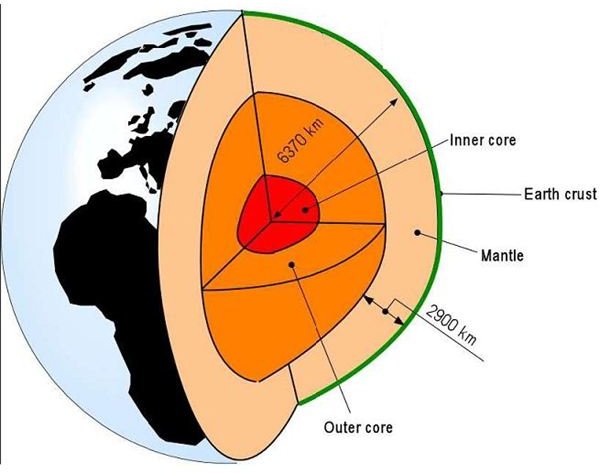Where does Geothermal Energy Come From?
Introduction
The energy requirements of the world are developing at an enormous rate, and that indicates advancements in science, technology, and basic lifestyle. Yet it also rings the danger bells for ecologists, environmentalists, and anyone concerned about the global environment.
Nature has provided mankind with ample loads of fossil fuels and other sources of energy, but the pace at which they are getting consumed and depleted is a cause for concern. The world is so dependent on energy now that either we need to stop the development in order to minimize energy consumption, or we need to turn towards unconventional sources of power. The former is certainly an impractical solution and hence the only feasible answer remains to search for renewable sources of energy. There are several sources of alternate energy and geothermal energy is one of them.
Where does geothermal energy come from?
To understand the origins of geothermal energy, you would have to go deep beneath the surface of the earth and travel back millions of years in time. The formation of the earth is a mystery which hasn’t been completely solved by scientists even now, but we certainly have an inkling of what happened at the beginning. The earth was basically a spinning ball of fire which cooled down gradually but since we are talking about astronomical proportions here, the time required to cool is not in hours, days, months or even years but in millions of years. Hence the net result is that even today the earth has not completely cooled down but is hotter at it center than the surface.
In fact the word geothermal is made out of the combination of the words geo and thermal which stand for the earth and heat respectively. Hence geothermal energy is the energy present within the earth trapped as heat.
The diagram below gives a dissection of the earth and different layers. As you can see the outermost layer or the crust where we live and survive is nothing more than a thin layer as compared to the other layers. The temperature of the earth rises towards its center and the source of heat at that depth is the continuous decay of the radioactive materials which are releasing heat. There are other sources of heat generation as well such as the effects of the acceleration of the Earth.
This heat does not have a direct outflow at the surface normally speaking, but there have been diverse manifestations of this phenomenon since times immemorial in the form of volcanoes, hot springs, etc.
How much energy lies below?
Measuring the total energy beneath the surface is not easy and it was only recently that scientists began to guess accurately about the heat quantum within the earth. One of the most popular theories in this regard was put forth by Stacey and Loper in 1988, and they calculated that 42 * 1012 Joules of energy is lost into space per second. I will leave you with these figures for the moment, and in our next article we will proceed to learn about heat utilization on land which is our main concern. (First link in Related Reading below.)
References
Image of Earth’s Dissection: Dickson, M.H. & Fanelli, M. (2004) What is Geothermal Energy. Istituto di Geoscienze e Georisorse, CNR , Pisa, Italy
International Geothermal Association Website
Related Reading
Use of Geothermal Engergy for Power Production - The heat present within the surface of the earth is tremendous even though the earth has been cooling slowly since its formation. How do we tap this huge resource of energy? How can we use it for power generation?
Lusi - the Oil and Gas Industry’s Greatest Disaster - Lumpur Sidoarjo (Lusi) is a mud volcano in Indonesia, created by a possible technical mishap, which for the last three years has been spewing hot mud inundating villages and displacing thousands of people.
